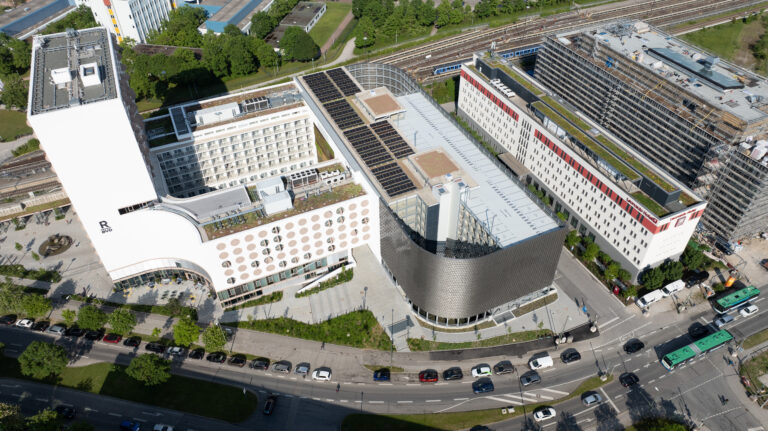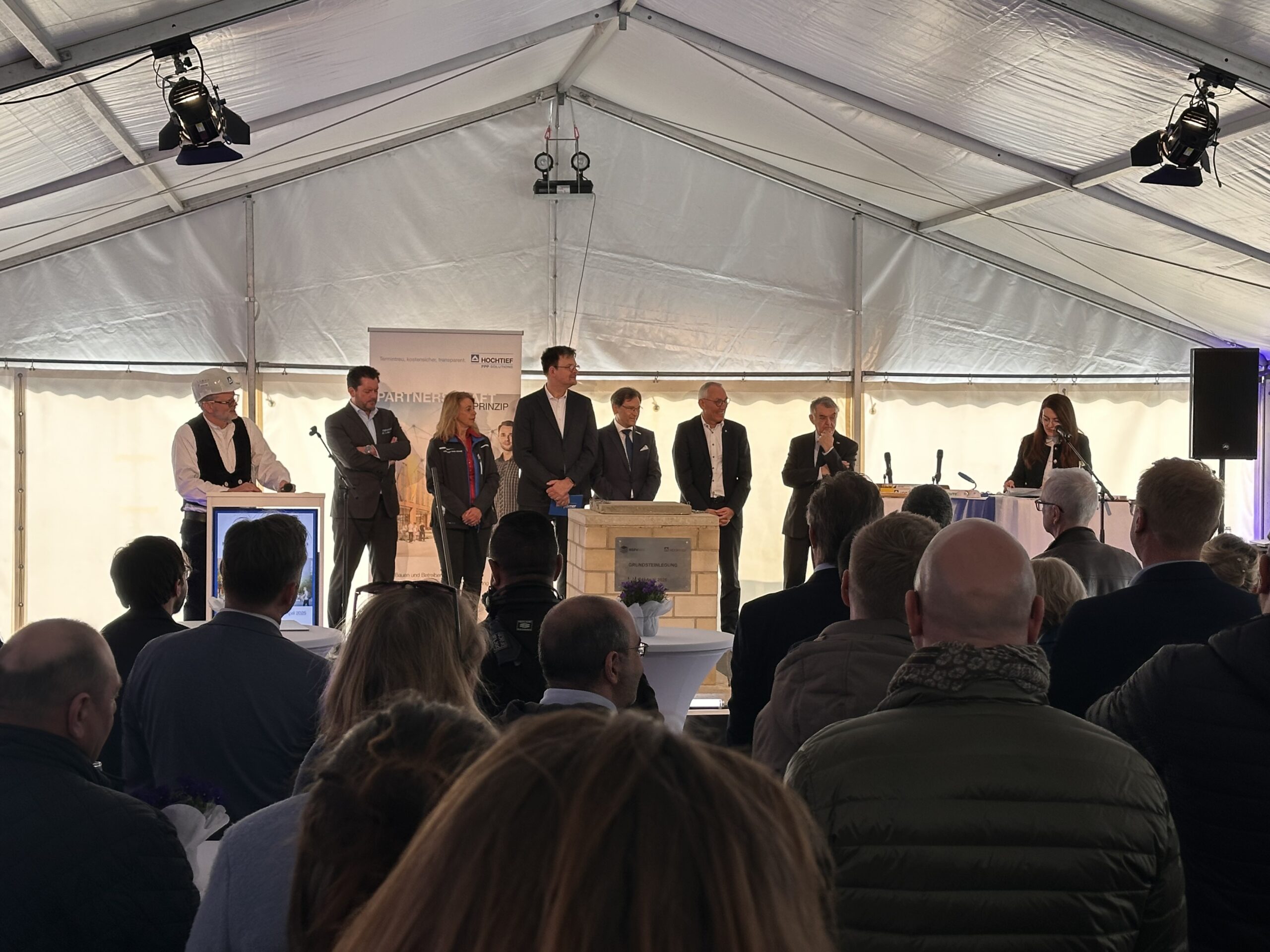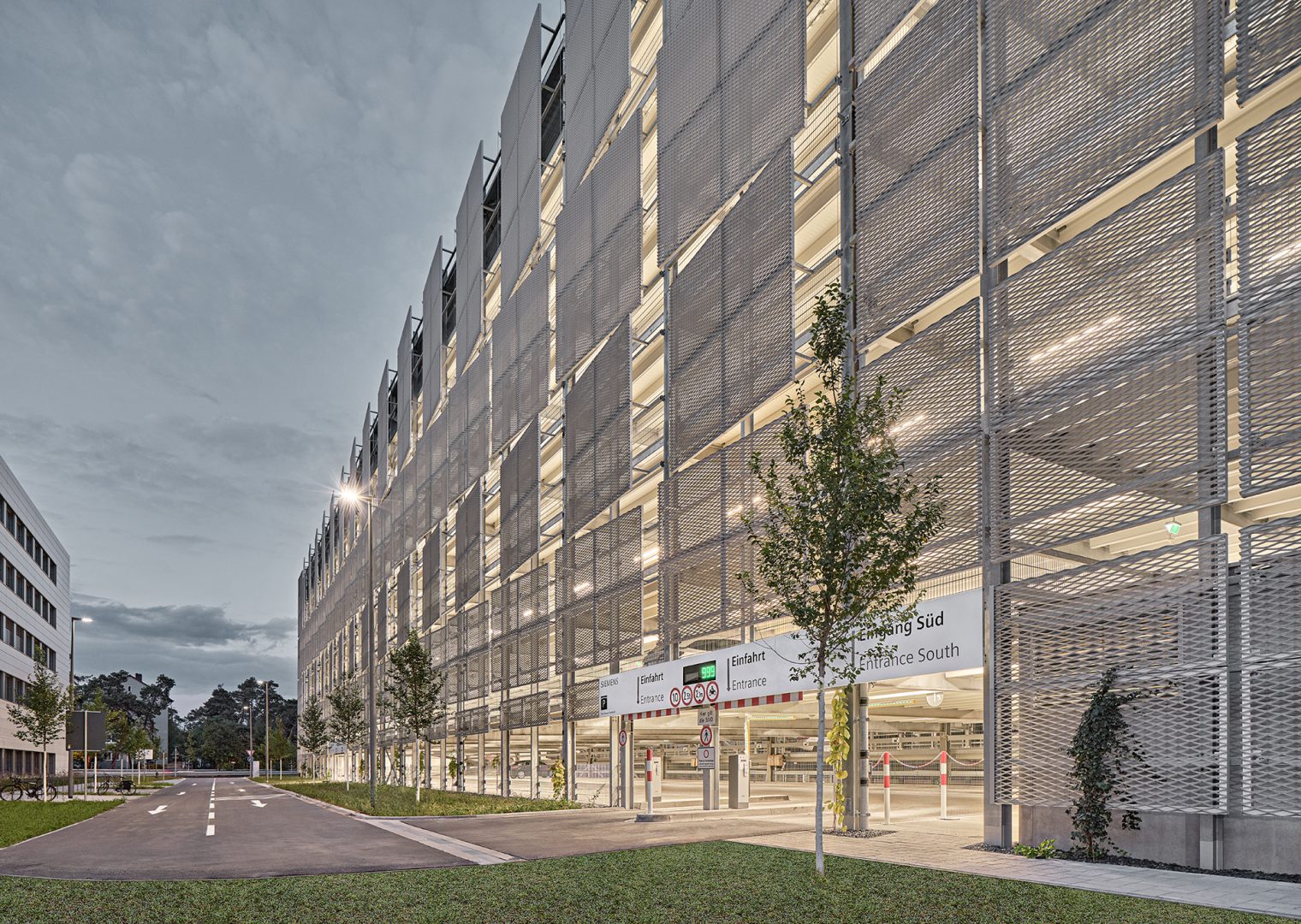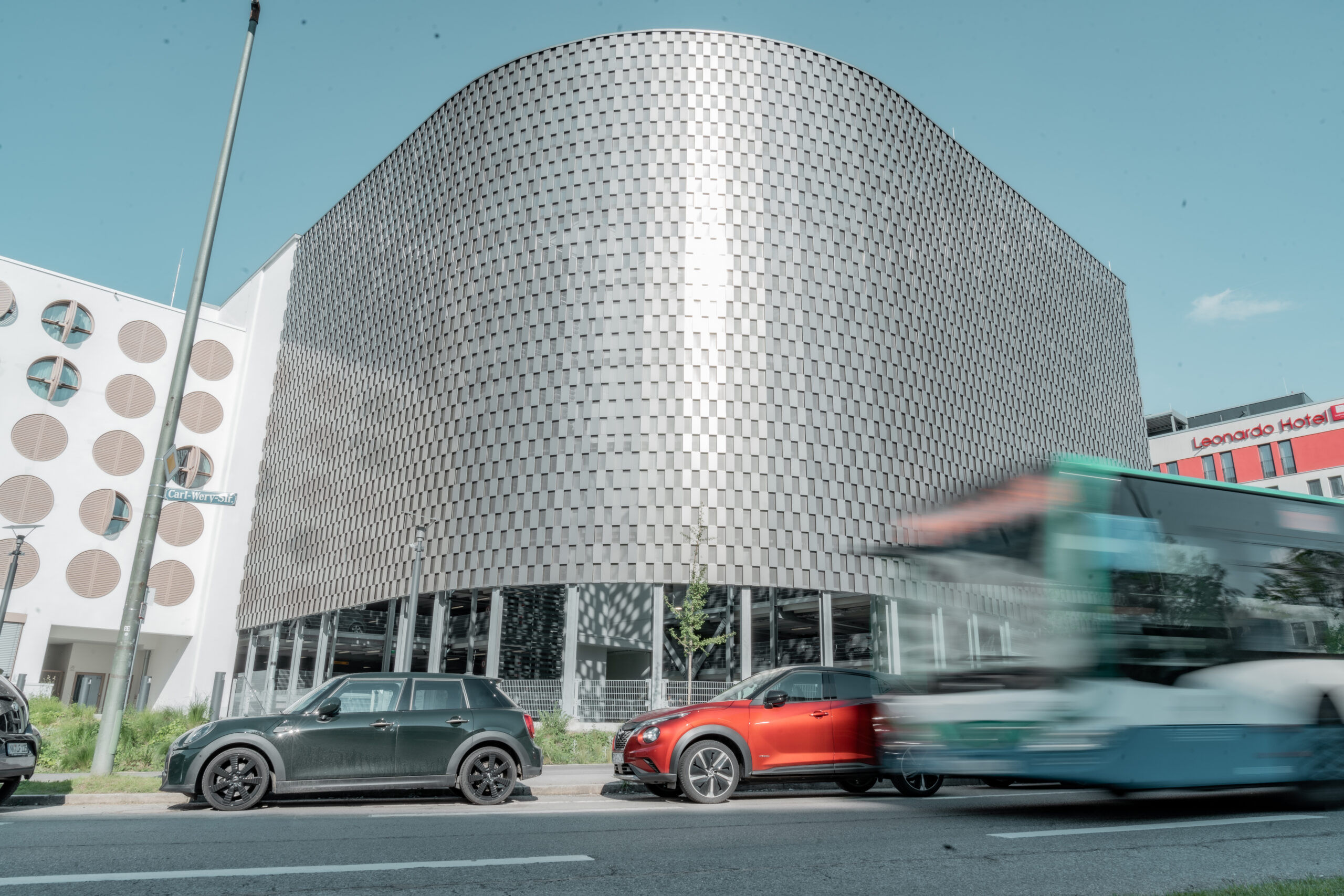If you walk through cities today - especially large cities - you might think: The mobility revolution has arrived here. There are e-scooters and e-bikes to hire, various car-sharing services and, of course, (cargo) bikes. Everything is used and utilised diligently. But on closer inspection, it becomes clear that the car is still the preferred means of transport in Germany, and is even more in demand than ever. Whereas in 2008 there were an average of 500 cars per 1,000 inhabitants, by 2023 the figure will be 578.
It is therefore worth taking a realistic look at the mobility turnaround and asking ourselves: what measures are really useful in view of these developments? What can relieve the - also increasingly dense - traffic and at the same time create better connections to structurally weaker rural areas? What solutions already exist today and can be implemented with little effort?
Seamless mobility is the magic word of the hour.
Traditional mobility products are becoming less important. What defines the quality of transport is access to mobility. This requires places that enable seamless transfers to different modes of transport – cars, public transport, bicycles, P&R, sharing services and electromobility – and also go beyond this function. With the Mobility Hub, what already exists on digital platforms is being transferred to the physical space.
The car park ecosystem.
Due to their location in areas that are usually well connected in terms of infrastructure with shopping facilities and public transport connections as well as their large amount of space, multi-storey car parks combine the basic architecture for implementing the mobility hub concept – the basis, so to speak, for bundling the various functions and offers of modern mobility in one place. The architectural and planning design also plays a major role here: How does the car park fit into its local context? How inviting is it designed so that neighbours and visitors feel comfortable with and in the building? How economically and ecologically sustainable is it in construction and operation? A modern multi-storey car park offers convenience and uses as much green energy as possible, and is even self-sufficient in some cases. It is conceivable that in future it will not only be a central transport hub, but also a contact point for a wide range of social needs: Showrooms, kiosks, parcel stations, storage rooms – everything is conceivable.

Mobility hubs are the new centres of mobility. They are not only hubs where different modes of transport come together and a seamless mobility offering is made possible, but they also create attractive spaces where people enjoy spending time.
Mobility Hubs – made by Huber Parking.
We at Huber Parking have long seen great potential in the mobility hub concept. Wherever we can and wherever the task and local conditions allow, we try to integrate appropriate elements and thus help shape the car parks of tomorrow and the future of mobility.



